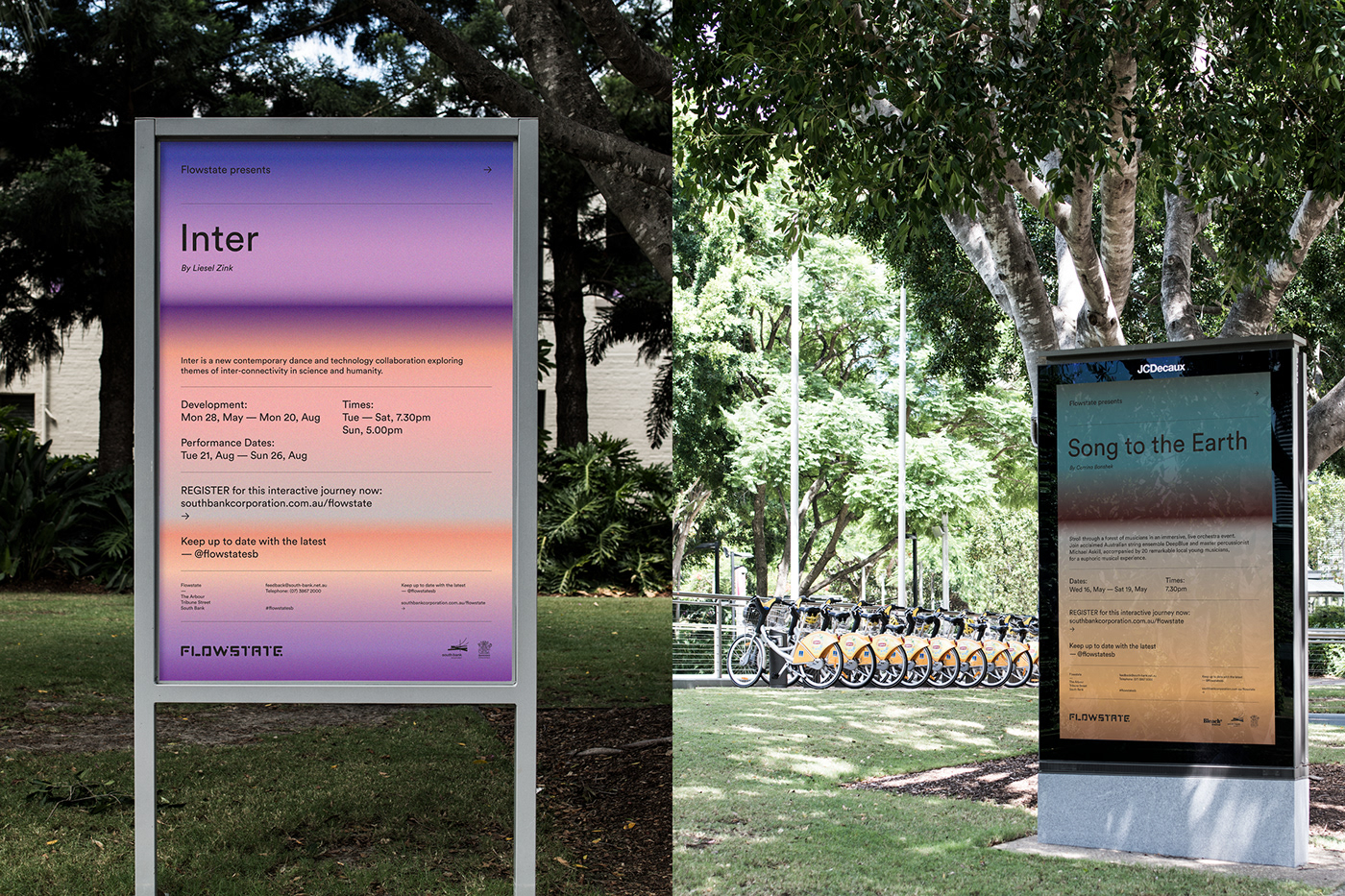

“Our studios have no doors or walls that go to the ceiling. He was a good man.”Ī curtain in the doorway is another essential object whose significance has accrued over time. “I like looking at my reflection with him in mind. It was cut especially for Kayafas after his passing, before her family sold the business. As part of that process, she uses a custom mirror from her late grandfather’s former business, a glass and mirror company called Olympic Contracting-a “naively kitschy nod,” as the artist puts it, to the family’s Greek ancestry. “I always come back to the self-portrait to help me anchor myself again when I am feeling lost,” Kayafas says. I think of him when I use this every day.

“Although, the greatest gift he ever gave me was to never define art for me, in any way-no matter how many times I asked him to! This gave me an expansive, inclusive, and ever-evolving approach to art. “This was given to me by a past professor I love dearly,” she says. Kayafas mixes paints on a glass-topped taboret, an old metal painting table that she notes has received a few coats of spray paint over the years.

Many of my new drawings and sculptures will soon become huge, bold, colorful paintings this summer.” “I have many drawings, sculptures, and paintings exploring her presence in this space and her interactions with otherworldly presences, and creatures that live there. “I have been painting a woman with long flowing hair, moving through this world encountering different things,” she says. Through what she describes as a world-building approach, Kayafas is engaging with questions like, What does it look like if we could go inside of an icon? How would a symbolic landscape reflect my real spiritual triumphs and struggles? What does prayer feel and look like? Kayafas is currently using these methods to develop a body of work that converses with themes of prayer and spiritual growth in her Orthodox Christian faith.

We must be vigilant and keep moving through the vast beautiful ocean and trust that we will float. Both are toxic lies for the creative spirit to house. Pride can leave us docked on one of two islands-the first being complacency, the second being self-loathing and -deprecation. “To let ourselves make and to let it exist, this is a muscle that is always being strengthened in the studio, even when we are alone. “I would love for my students to embrace an approach to failure and experimentation that requires them to be secure with themselves, compassionate toward themselves, and truly curious!” she says.
Flowstate studios free#
I have a drawing station, a small comp/color-study painting station, a sculpting station, a desk/research writing station, a commission station, and, of course, the other three walls are each large painting stations that revolve images constantly.”Īllowing space for work to happen, free of judgment, is something she encourages in her students as well. “They tend to feed and enrich each other. “I have organized for maximum space on the walls and the most easy access to supplies I need in accordance to my favorite mediums and methods of working,” she says. “I like my work space clean, open, and inviting for a good workflow energy, with enough space to make a mess and forget the world outside.”Ĭlear zones for different modes of practice help the mind release and focus. “I inhabit this space with freedom of thought in mind,” Kayafas says. To make the most of this new setup, she arranged the space to quiet internal and external chaos and activate the work. When we checked in with Kayafas, she had recently begun inhabiting her studio solo, after a few years of sharing with fellow artists-a situation that reinvigorated her practice.


 0 kommentar(er)
0 kommentar(er)
